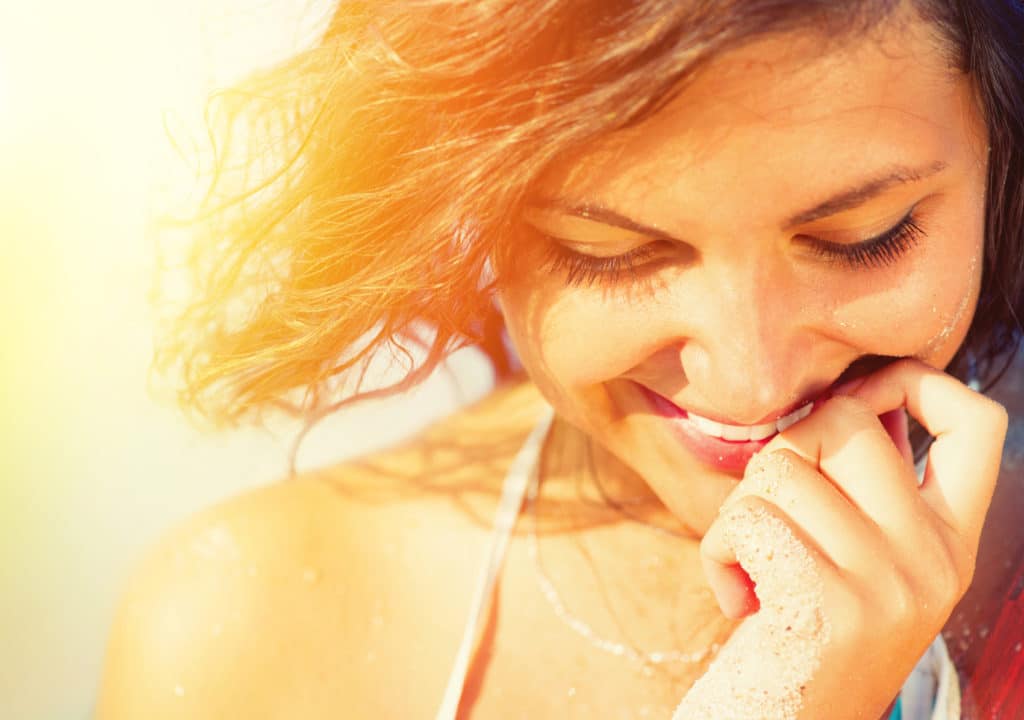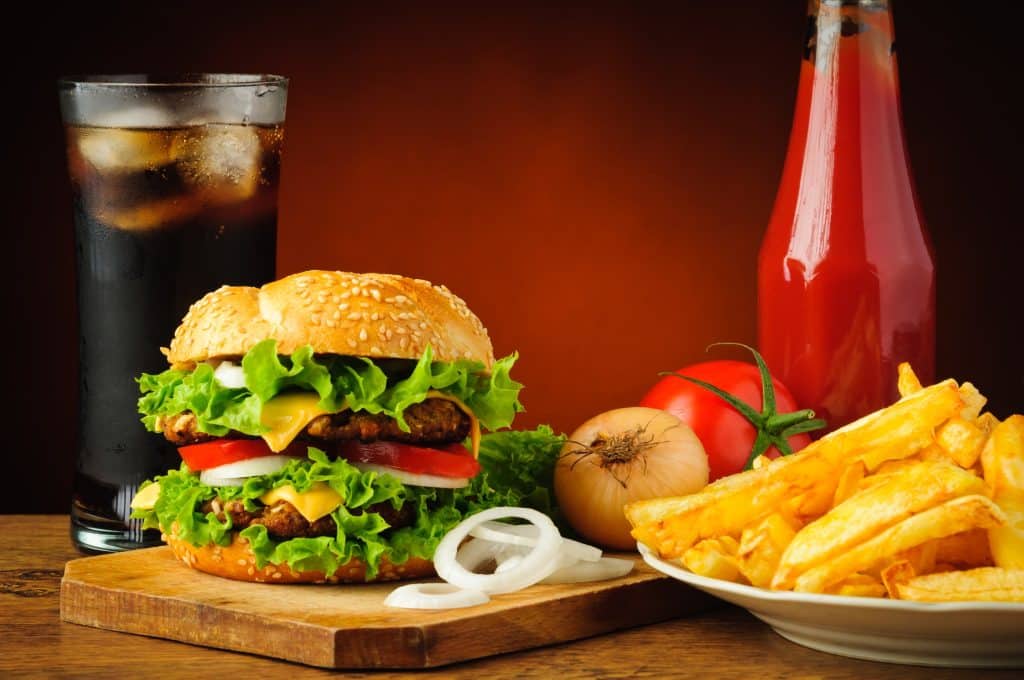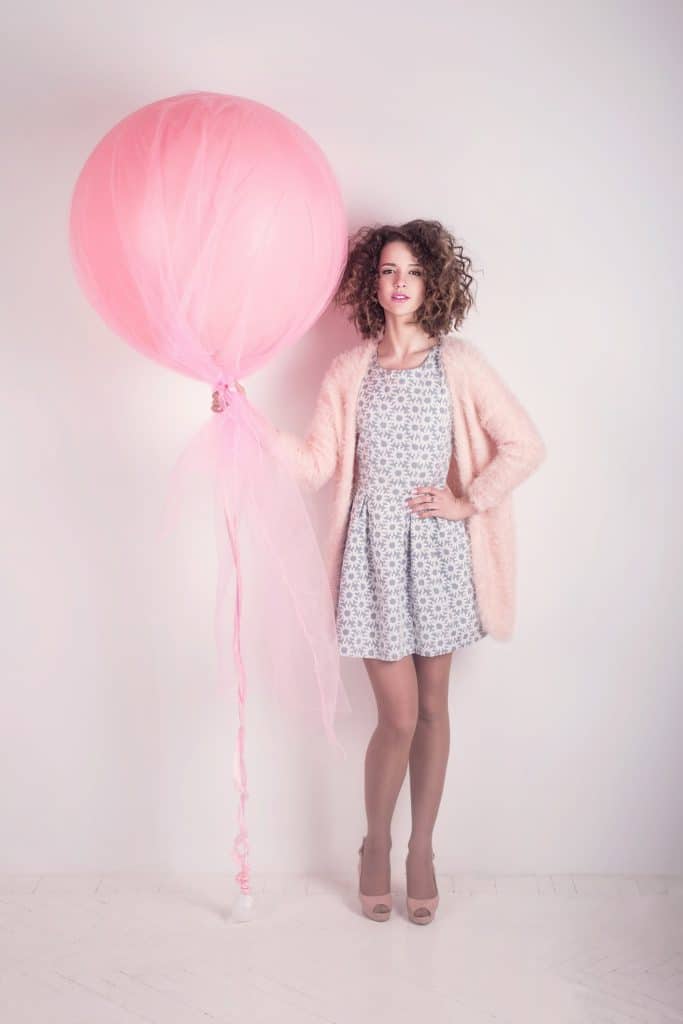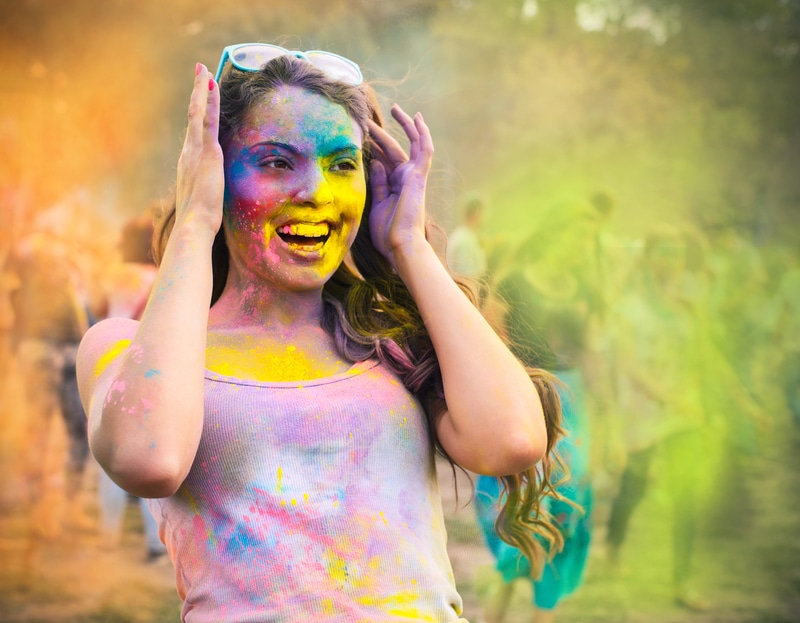Colour psychology is a fascinating topic that explores how colours can influence our emotions and behaviour. In photography, the use of colour can significantly impact the mood, tone, and overall message of an image. By understanding the principles of colour psychology, photographers can make more informed decisions about colour choices and use them to communicate their vision effectively.
Colours can be broadly categorised into warm and cool colours, each with its own psychological associations. Warm colours like red, orange, and yellow are associated with energy, warmth, and excitement. They can create a sense of urgency or intensity in an image and are often used to draw attention to a particular subject. Cool colours such as blue, green, and purple, on the other hand, are associated with calmness, serenity, and stability. They can create a sense of tranquillity or peacefulness and are often used to convey a sense of space or distance.
One way to use colour psychology in photography is to consider the context in which an image will be viewed. For example, warm colours may be appropriate for images that will be used in advertising or marketing, where the goal is to capture the viewer’s attention and create a sense of urgency or excitement. Cool colours, on the other hand, may be more suitable for landscape photography or images intended to create a sense of calm or relaxation.
Another way to use colour psychology is to consider the cultural associations of different colours. For example, in Western cultures, white is associated with purity and innocence, while in Eastern cultures, it is associated with death and mourning. Similarly, red is associated with love and passion in Western cultures, while in some Eastern cultures, it is associated with luck and happiness.
Colour psychology can also be used to create contrast and balance in an image. Photographers can create a sense of balance and harmony in an image by using complementary colours, which are opposite each other on the colour wheel. For example, blue and orange are complementary colours that can create a sense of contrast and balance in an image.
Photographers can use colour psychology in many ways. Here are some examples:
A portrait photographer might use warm colours, such as red or orange, in the background to create a sense of energy and excitement while using cooler colours, such as blue or green, in the foreground to create a sense of calmness and serenity around the subject.
A landscape photographer might use cool colours such as blue or green to create a sense of tranquillity and peacefulness in a serene setting such as a forest or lake while using warm colours such as yellow or orange to highlight a particular subject such as a sunset or fall foliage.
A product photographer might use warm colours, such as red or orange, in the background to create a sense of urgency and excitement around a product while using cooler colours, such as blue or green, in the foreground to create a sense of stability and trustworthiness.
A fashion photographer might use complementary colours like blue and orange to create a sense of balance and harmony in a fashion shoot. Using one main colour creates a tranquil and dreamy image like this woman with a pink balloon. Using contrasting colours, such as black and white, creates a sense of drama and sophistication.
An event photographer might use warm colours, such as red or orange, to create a sense of energy and excitement at a lively event while using cooler colours, such as blue or green, to create a sense of calmness and serenity in more subdued moments.
If this interests you and you want to develop your photography skills, take the IOP Professional Diploma in Photography course. Start today from home.





